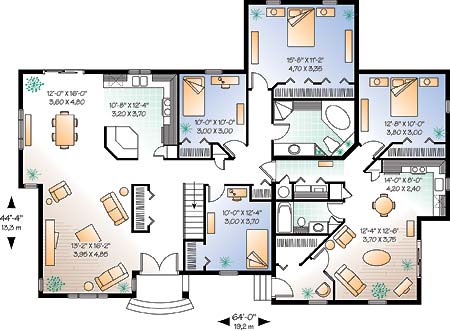For most people, owning their dream home is one of life’s’
greatest achievements. To some this home will define them in society because
they will be able to express themselves by the location of the home, the size
and design of the house.
As you plan to identify and meet with the architect who will
help you make this dream become a reality, it is important for you to have done
your homework well by among other things determining the following.
·
The location of the house, and why. Some people may have more than one piece of
land to choose from. Find out what the authorities allow and what is not
allowed .There are some that will control the number of units. The design etc.
·
What size of house .The number of rooms and
their sizes.
·
Determine the needs and wants of your family.
·
What quality levels of finishes do you want to
achieve?
·
Have sketches and/or magazine photos to help
illustrate your expectations
·
What is your budget like?
·
How much time do you have?
Try and cover as much ground as possible as you look into
identifying an architect.
The right architect is the one who will help you achieve
your dream home, is able to take your goals and put them on paper by
demystifying architecture. He should be able to confirm to you what is achievable
and what is not, offer solutions and give options.
Once the process of sketching drafts begins, Ensure to make
time regularly to review the drafts. This will require patience from both of
you as it may take time, however there is a ’ times saving ‘ tip you may want to practice - as you review the drafts with the architect,
carry a copy with you and study it on your own time, making improvement changes
while noting comments and questions ahead of the next meeting. This will bring
objectivity in your discussions and reduce the length of meetings.
Finally remember that an ARCHITECT is an expert in his profession.
Take his advice seriously! Because Architecture is a SCIENCE, but it is
also an ART, so have fun while engaging him/her.














